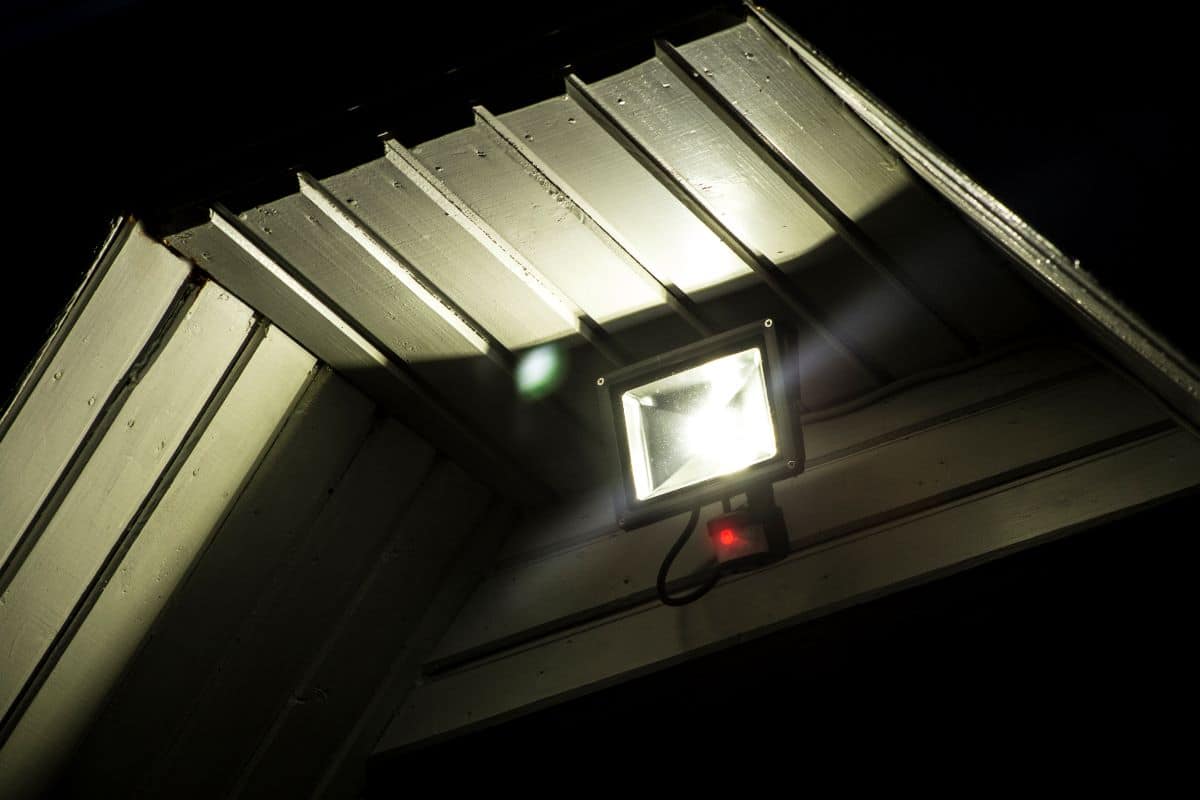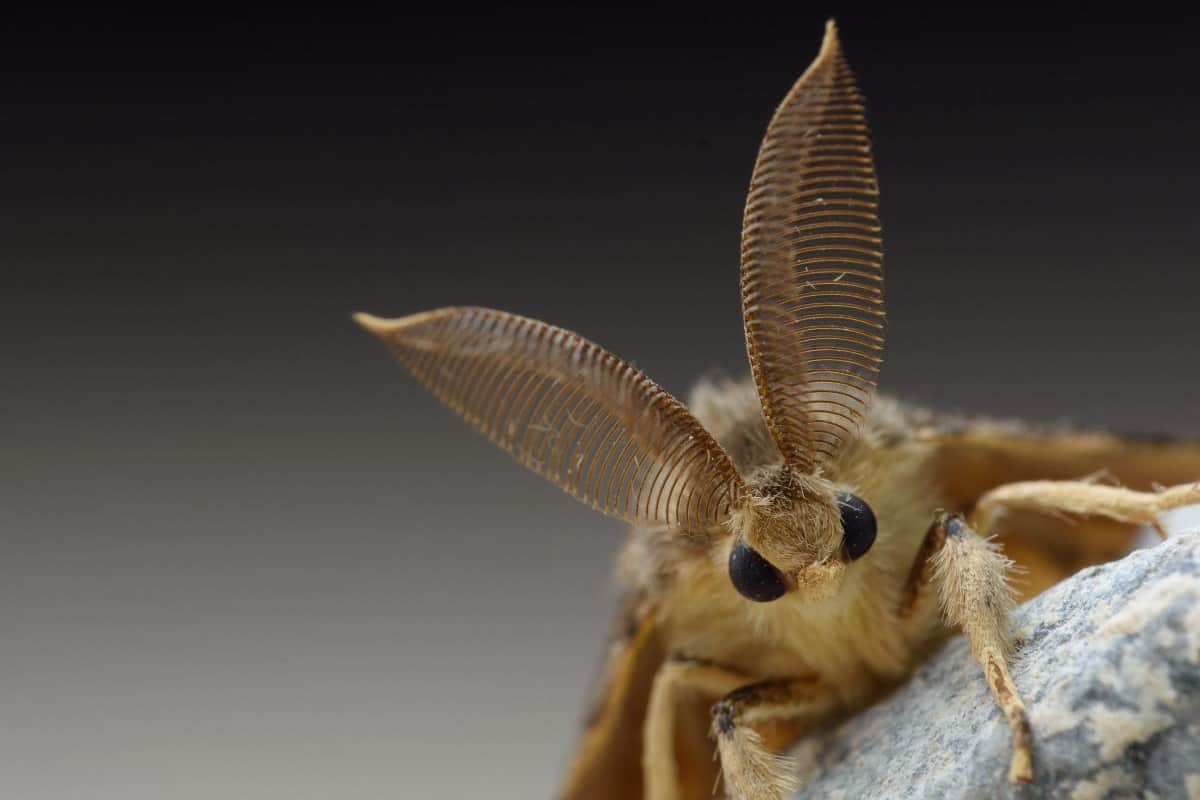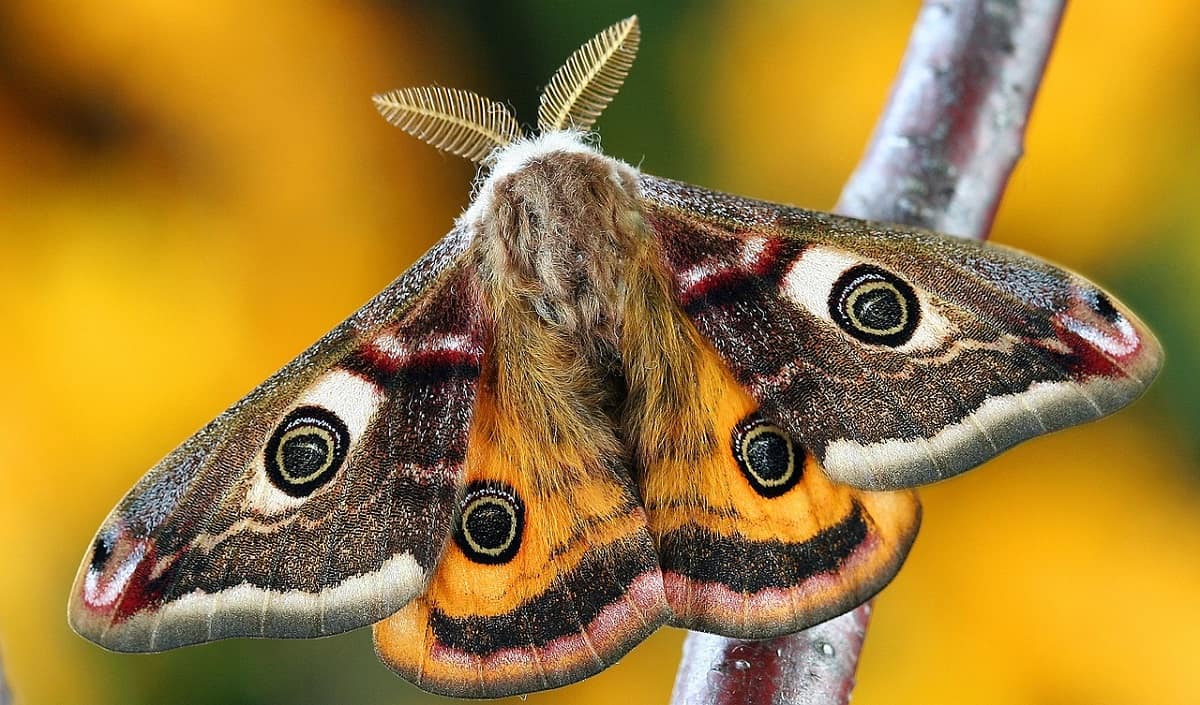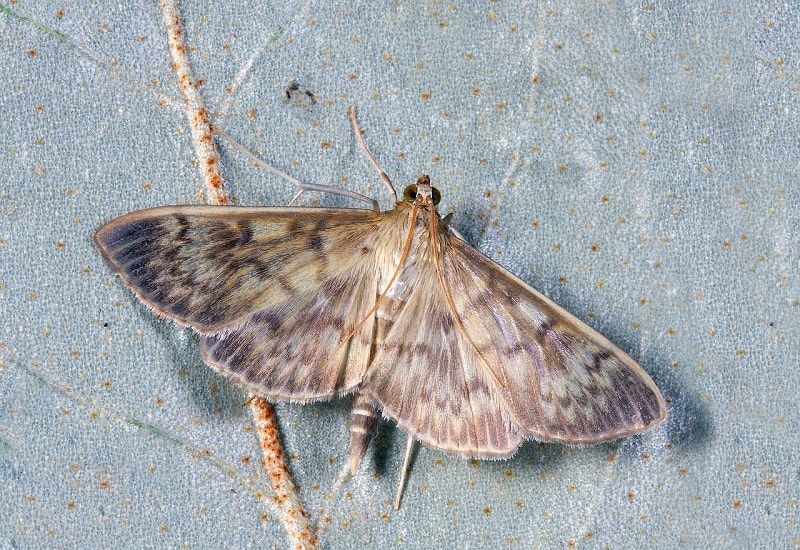Sleep is such a fundamental process for humans that it may seem impossible to sustain life without it. But sleeping habits in animals can be quite different than ours, especially in invertebrates. So, how exactly does a moth sleep?
Similar to other insects, moths enter a sleep-like state to rest and recharge. They sleep during the day as they are mostly nocturnal. In this state, moths are lethargic, inactive, and only respond to strong stimuli.
Sleep in insects is a fascinating topic. And in this article, we will look into this subject from the perspective of a moth. We will look at their sleeping pattern, behavior during sleep, and the importance of sleep in their survival.
Do Moths Sleep?
Moths are a particular group of insects that are predominantly active during nighttime. You will see some species flying around in daylight and some fly around during twilight. But most species of moth will remain largely inactive during the day.
In this period, they will stay in one spot motionless. They do not show rapid movement to a random stimulus like they usually do. Instead, they will only get startled if the stimulus is strong, such as a predator coming close or a heavy gust of wind (also see: Why Do Moths Stay in One Place?).
This behavior is similar to the sleeping pattern in humans and other mammals. Humans also show sluggish responses when falling asleep. And strong stimuli such as loud noises or a slap in the face will trigger a sleeping person to wake up. This parallel shows that even moths need a period of rest, which is close to our sleeping habits but not exactly identical.
In insects, this state of non-activity is referred to as torpor. It is different from hibernation as it is not dependent on weather or temperature. However, these factors can certainly play a role. Much like how we find it hard to sleep in uncomfortable conditions.
Moths and other insects do not possess eyelids. So, you are not going to be able to tell they are sleeping just by checking whether or not they have their eyes closed. You have to examine their level of awareness of their surroundings and their general activity level.
(also interesting: Moths Vision – A Complete Guide to Night Vision, UV, Colors, etc.)
Researching insect behavior throughout the day, scientists have found that these creatures will remain relatively inactive during a certain portion of their circadian cycle. So, nocturnal moths will rest during the day and diurnal moths will rest during the night.
Can Moths Dream?
Dream is a fascinating topic that still manages to perplex researchers. We have yet to uncover the true nature of dreams in humans, let alone in other animals. But there has been progress in this area which has given us more insight into how dreams work.
From what we know about dreams and sleep in general, it does not appear that moths are capable of dreaming. Dreams are inexplicably linked to our central nervous system i.e., our brain. It may be that the nervous system in moths is too simple to generate neural actions needed for dreaming.
Examining the sleeping pattern in humans as well as other mammals, scientists have divided the entire sleeping process into different stages. It is during the REM (Random Eye Movement) stage of sleep where dreams most frequently occur.
By observing neural oscillation or brain waves, we can determine whether an animal is capable of dreaming or not. However, so far, it has not been possible to venture into the tiny minds of these tiny insects. So, we cannot rule out the possibility of moths dreaming yet.
-
Can Moths Set Off Sensor Lights: Unveiling the Truth

Many homeowners install motion sensor lights as a security measure, but what they might not have considered is the possibility of moths and other insects affecting their functionality. As sensor lights detect movement and heat, the question arises: can moths actually set off these sensor lights? Moths, being small flying insects, are capable of triggering…
-
Can Moths Make Sounds? Debunking Common Myths

Moths are fascinating creatures, known for their nocturnal habits and attraction to light. Yet, one lesser-known aspect of their behavior is their ability to produce sounds. Though it may seem surprising, certain species of moths have evolved to create ultrasonic noises as a defense mechanism against predators, particularly bats. Bats use echolocation to detect and…
-
Can Moths Change Colors? Exploring Adaptations

Many people are fascinated by the diverse world of moths and their intriguing abilities. One such ability is the potential for some moth species to change colors. This article will explore the research and findings regarding moths’ color-changing tendencies and how they reflect their environment. Color changes observed in moths are not immediate or voluntary,…
When Do Moths Sleep?
Moths do have a circadanian rythm and are usually active during the night and inactive during the day. These resting periods are used to safe energy and perform regeneration. Most of the moths do sleep during the day.
Nevertheless, there are endless species of moths that are very capable of adapting to their environment. Several exceptions show, that moths can also have an active day and a sleepy night.
This rare rythm is most prominent in exotic moths in quite different environmental situations.
Where Do Moths Sleep?
Moths will tend to rest in any place that can provide adequate protection from potential predators. Unlike bees, hornets, or ants, moths are not skilled at creating a nest or colony. So, they do not have the luxury of a designated place where they can catch some sleep.
(Learn more about the protective system of a moth: Does Touching a Moth Kill it?)
But with the help of their wings, they look for a temporary shelter. This will be any spot that has less risk of running into predators such as birds, bats, and lizards. They also prefer shade over harsh sunlight even though they respond to light very well. Such places include thick bushes, underneath tree branches, inside the crack on a wall, etc.
How Does a Sleeping Moth Look Like?
Moths typically rest with their wings wide open. This is actually a quick and easy way to distinguish between moths and their sister species, the butterflies. Butterflies tend to keep their wings closed when they are resting or staying still in one place.
A sleeping moth doesn’t show any movement and does not react to every stimulus (as they would awake). It’s is not very easy to tell definitely a moth is sleeping, but if you observe it for several minutes without any reaction, it seems to sleep.
Can Moths Be Sleep Deprived?
Research has shown that insects such as moths can indeed be sleep deprived. And sleep deprivation can be just as harmful to them as it is for us.
Sleep is a natural mechanism to ensure our bodies get plenty of time to heal and grow. And our brain knows this. So, when we stay awake for too long, our brain releases certain chemicals and sends signals that induce sleep. If we still ignore these signs, it will invariably lead to a decrease in overall performance.
And insects like bees and moths have shown similar symptoms. Since they are more sensitive, it does not take much to snap them out of their resting period. By continuously disturbing their resting state, researchers observed the general effects this would put on their behavior. And the results showed two things.
Firstly, insects that did not get enough rest will, in fact, sleep for longer periods the next chance they get. It is a way to make up for a lost time, just like how a sleep-deprived person will sleep for longer.
Secondly, the lack of sleep negatively impacted their overall activity. This, in turn, drastically reduced their survival rate. Hence, all insects will enter the torpor state to stay healthy.
Conclusion
Sleep is just as important to moths as it is to us, even though their version of sleeping is distinct from ours. And by studying their sleeping habits perhaps we can learn more about the chemical and genetic nature of sleep in general.

